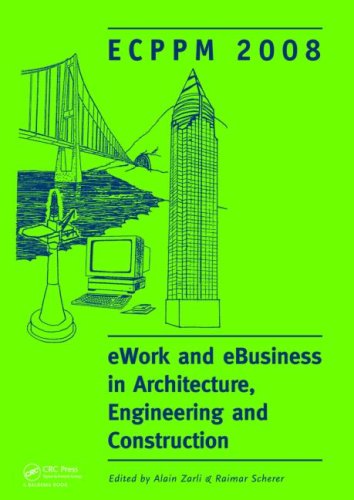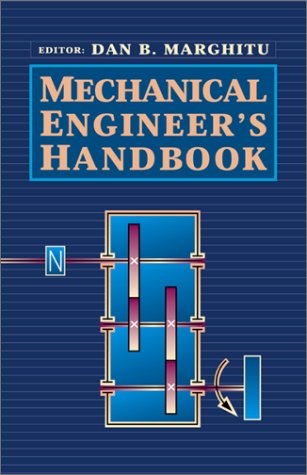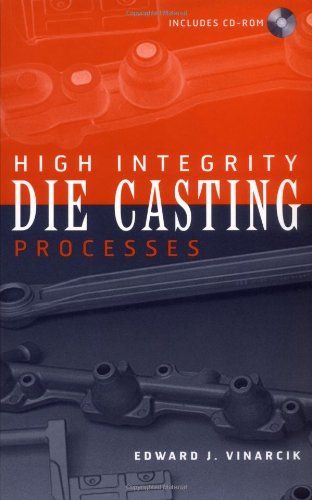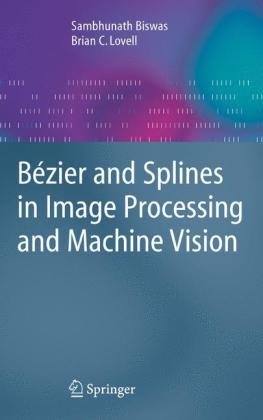Alain Zarli, Raimar Scherer0415482453, 9780415482455, 9780203883327
– Structuring of product and process information for enhanced collaborative teamwork and information sharing in this fragmented industry, and
– Advanced Computing, Information and Communication Technology addressing the resolution of challenges for the AEC/FM industry in the upcoming years.
Leading experts delivered up-to-date, comprehensive presentations on the broad achievements in research, development, standardisation and industrial implementation of product and process data technology. This book covers a large spectrum of topics, including process optimisation, extended products and future services for homes and buildings infrastructures, decision support systems for universal design of buildings, ICT-based applications for energy efficiency, environmental monitoring, the ageing population, assistive technologies for the built environment, policy, legal framework, and rules and regulations, and will be of interest to scientists and professionals working in these areas.
Table of contents :
Front cover……Page 1
Table of Contents……Page 6
Preface……Page 12
Organization……Page 14
Keynote papers……Page 16
Advanced ICT under the 7th EU R&D framework programme: opportunities for the AEC/FM industry……Page 18
Anatomy of a cogitative building……Page 28
Model-based management tools and systems……Page 38
Erection of in-situ cast concrete frameworks – model development and simulation of construction activities……Page 40
An information management system for monitoring of geotechnical engineering structures……Page 50
MACE: shared ontology – based network for architectural education……Page 56
Future directions for the use of IT in commercial management of construction projects……Page 64
A process model for structural identification……Page 74
A trust-based dashboard to manage building construction activity……Page 82
ICT based modeling supporting instrumentation for steering design processes……Page 92
Semantic support for construction process management in virtual organisation environments……Page 100
Building information modelling and ontologies……Page 108
Semantic product modelling with SWOP’s PMO……Page 110
A simple, neutral building data model……Page 120
SAR design with IFC……Page 126
Using geometrical and topological modeling approaches in building information modeling……Page 132
A comparative analysis of the performance of different (BIM/IFC) exchange formats……Page 142
Going BIM in a commercial world……Page 154
Mapping between architectural and structural aspects in the IFC based building information models……Page 166
eServices and SOA for Model-driven cooperation in AEC……Page 174
A distributed portal-based platform for construction supply chain interoperability……Page 176
Model-based eServices for supporting cooperative practices in AEC……Page 186
Development of an e-service for semantic interoperability of BIMs……Page 194
Integrating IFC product data services in distributed portal-based design environments……Page 200
Industrialised production……Page 208
Simulation of construction logistics in outfitting processes……Page 210
A review on intelligent construction and its possible impacts on the industry……Page 220
Design with architectural objects in industrialised house-building……Page 228
Data, information and knowledge management, methods and tools……Page 238
Modelling the living building life-cycle……Page 240
Virtual testing laboratory for FIDE compliant software……Page 246
Project information management: Proposed framework and comparison with the 1COBIT framework……Page 254
Evaluating the integrative function of ERP systems used within the construction industry……Page 260
Semantic representation of product requirements for true product knowledge management……Page 270
HyperUrban: Information and communication driven design era……Page 278
On AEC query formulation techniques……Page 284
Semantic annotation and sharing of text information in AEC/FM……Page 294
Value-driven processes and value-chain management……Page 304
3D Building model-based life-cycle management of reinforced concrete bridges……Page 306
Decision support in Petri nets via genetic algorithms……Page 316
Consistent reconciliation of divergent project schedules under semantic & functional constraints……Page 322
Architect’s decision station and its integration with project-driven supply chains……Page 332
Robust process-based multi-project scheduling for construction projects in Vietnam……Page 342
BauVOGrid: A Grid-based platform for the Virtual Organisation in Construction……Page 354
Smart buildings and intelligent automation services (control, diagnosis, self-maintenance and adaptation, AAL,…….Page 364
Context-adaptive building information for disaster management……Page 366
Spaces meet users in virtual reality……Page 378
User interfaces for building systems control: From requirements to prototype……Page 384
Non-intrusive sensing for PDA-based assistance of elderly persons……Page 390
A feed forward scheme for building systems control……Page 396
User-system interaction models in the context of building automation……Page 404
Multiple model structural control and simulation of seismic response of structures……Page 412
Models and ICT applications for resource efficiency……Page 422
Use of BIM and GIS to enable climatic adaptations of buildings……Page 424
Base case data exchange requirements to support thermal analysis of curtain walls……Page 434
REEB: A European-led initiative for a strategic research roadmap to ICT enabled energy-efficiency in construction……Page 444
IFC-based calculation of the Flemish energy performance standard……Page 452
Methodologies, repositories and ICT-based applications for eRegulations & code compliance checking……Page 460
Towards an ontology-based approach for formalizing expert knowledge in the conformity-checking model in construction……Page 462
Modeling and simulation of individually controlled zones in open-plan offices – A case study……Page 472
Using constraints to validate and check building information models……Page 482
construction operations……Page 492
Innovation and standards……Page 500
EU- project STAND-INN-Integration of standards for sustainable construction into business processes using BIM/IFC……Page 502
B.I.M. Towards design documentation: Experimental application work-flow to match national and proprietary standards……Page 510
New demands in construction – a stakeholder requirement analysis……Page 522
IFC Certification process and data exchange problems……Page 532
Semantic intelligent contents, best practices and industrial cases……Page 538
A strategic knowledge transfer from research projects in the field of tunneling……Page 540
Mixed approach for SMARTlearning of buildingSMART……Page 546
Implementation of an IFD library using semantic web technologies: A case study……Page 554
Representation of caves in a shield tunnel product model……Page 560
Innovative R&D in philosophical doctorates……Page 566
4D model based automated construction activity monitoring……Page 568
Knowledge enabled collaborative engineering in AEC……Page 572
A method for maintenance plan arbitration in buildings facilities management……Page 582
Factors affecting virtual organisation adoption and diffusion in industry……Page 594
Current & future RTD trends in modelling and ICT in Ireland……Page 602
Towards a framework for capturing and sharing construction project knowledge……Page 604
The evaluation of health and safety training through e-learning……Page 614
Implementing eCommerce in the Irish construction industry……Page 620
Workshop: CoSpaces……Page 628
Mobile maintenance workspaces: Solving unforeseen events on construction sites more efficiently……Page 630
Futuristic design review in the construction industry……Page 640
Workshop: InPro……Page 650
Integrating use case definitions for IFC developments……Page 652
The COMMUNIC project virtual prototyping for infrastructure design and concurrent engineering……Page 662
Decomposition of BIM objects for scheduling and 4D simulation……Page 668
From building information models to semantic process driven interoperability: The Journey continues……Page 676
Workshop: e-NVISION……Page 686
E-procurement future scenario for European construction SMEs……Page 688
e-NVISION e-Business ontology for the construction sector……Page 696
General approach to e-NVISION scenarios……Page 706
e-Tendering – The business scenario for the e-NVISION platform……Page 718
Towards a digitalization of site events: Envisioning eSite business services……Page 726
e-Quality & e-Site – immediate tangible benefits for a building and construction sector SME……Page 736
Human interaction implementation in workflow of construction & building SMEs……Page 744
Author Index……Page 750
Back cover……Page 752







Reviews
There are no reviews yet.